Cobalt chloride, CoCl2, is an inorganic compound that changes color from blue to pink in response to humidity. As humidity increases, cobalt chloride gradually changes color from blue, to pink, to a lighter pink, almost white. The change in color is dramatic, and it makes this compound an excellent indicator of humidity. We’re going to make an obvious statement here…this is the compound used in our Cobalt chloride test paper, cloth, and humidity strips. Didn’t see that one coming, did ya?
The Science Behind the Color Change
Here’s how it works…
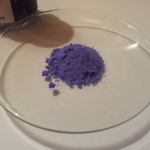 We found a great explanation from American Chemistry. Cobalt chloride solid is actually a crystal structure composed of cobalt and chlorine atoms. As humidity increases, water is absorbed by the cobalt chloride crystal structure, which rearranges itself to make room for more water molecules. Two water molecules, H2O, surround each cobalt atom, forming a dihydrate. Cobalt chloride dihydrate is purple.
We found a great explanation from American Chemistry. Cobalt chloride solid is actually a crystal structure composed of cobalt and chlorine atoms. As humidity increases, water is absorbed by the cobalt chloride crystal structure, which rearranges itself to make room for more water molecules. Two water molecules, H2O, surround each cobalt atom, forming a dihydrate. Cobalt chloride dihydrate is purple.
As humidity continues to increase, the crystal structure continues to change to accommodate for even more water molecules. This time, it rearranges itself to allow four more water molecules in to surround each cobalt atom, forming a hexahydrate. Cobalt chloride hexahydrate is pink.
Our cobalt chloride test papers and cloths provide a platform for exposing cobalt chloride molecules to water and water vapor in places where solid cobalt chloride crystals might be problematic. When exposed to water and/or water vapor, the cobalt chloride impregnated in the test papers or cloth becomes “hydrated.” The hexahydrate form of cobalt chloride is pink. This is why exposing the test papers or cloth, which is blue, to water vapor will turn the papers or cloth pink.
The 3 R’s: Reuse, Reuse, Reuse
The formation of the hexahydrate doesn’t irreversibly change the cobalt chloride molecule. In fact, the test papers or cloth can turn back to blue again by drying the paper or cloth. This drives the water out, and the cobalt chloride reverts back to the anhydrous form (blue). Theoretically, this back and forth between the anhydrous form (blue) and the hexahydrate form (pink) can go on indefinitely, as long as the paper or cloth doesn’t actually get too wet. If the paper or cloth gets too wet, the cobalt chloride may wash out of the paper, washing the color out. This is indicated by the paper or cloth turning white.
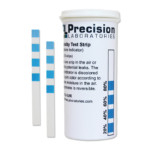 The actual formula used for the test papers can be tweaked to cause the color change from blue to pink to occur at different %RH (relative humidity). This is how the 4-pad Humidity Test Strip can detect %RH ranging from 20-40-60-80 %RH. The formula is adjusted for each test pad in such a way that the lower %RH test pads are more reactive to water vapor, and therefore, will turn pink before the test pads at the higher humidity values. Again, these test pads can revert back to blue once dry.
The actual formula used for the test papers can be tweaked to cause the color change from blue to pink to occur at different %RH (relative humidity). This is how the 4-pad Humidity Test Strip can detect %RH ranging from 20-40-60-80 %RH. The formula is adjusted for each test pad in such a way that the lower %RH test pads are more reactive to water vapor, and therefore, will turn pink before the test pads at the higher humidity values. Again, these test pads can revert back to blue once dry.
A little interesting tidbit: when we make the test papers and cloths, we dip them into the cobalt chloride solution, then hang them to dry. When they are first dipped, they are pink. As they dry, they turn blue!
Applications for the test papers and cloths include estimating % relative humidity in the atmosphere or a closed container, locating small water leaks with plumbing, and other similar applications. Cobalt chloride test paper is a quick, easy test to perform when detecting leaks and relative humidity.


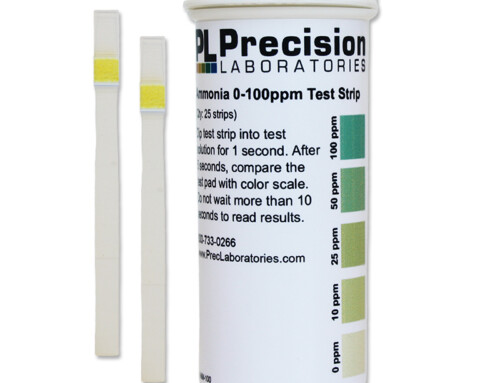
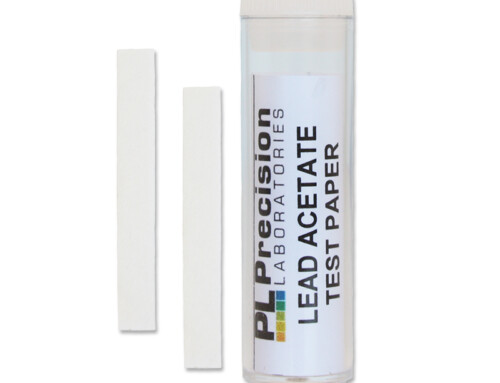
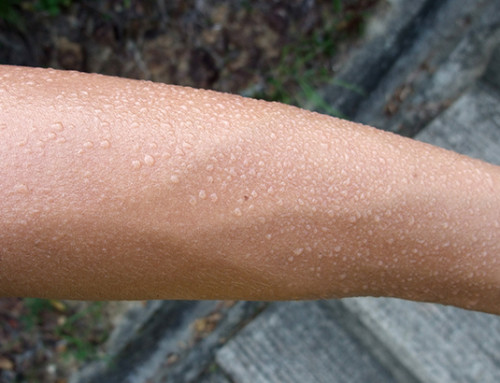
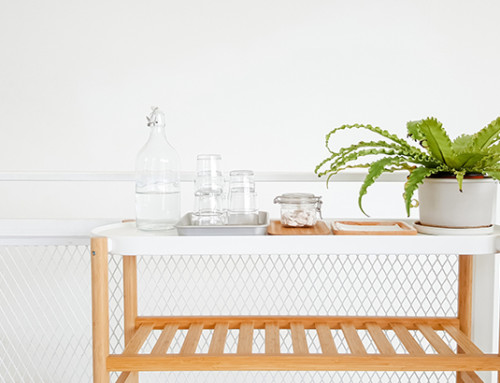
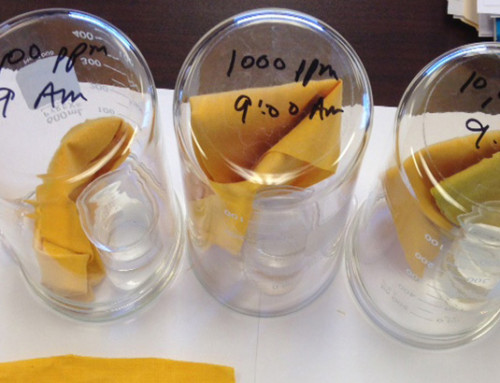
Leave A Comment